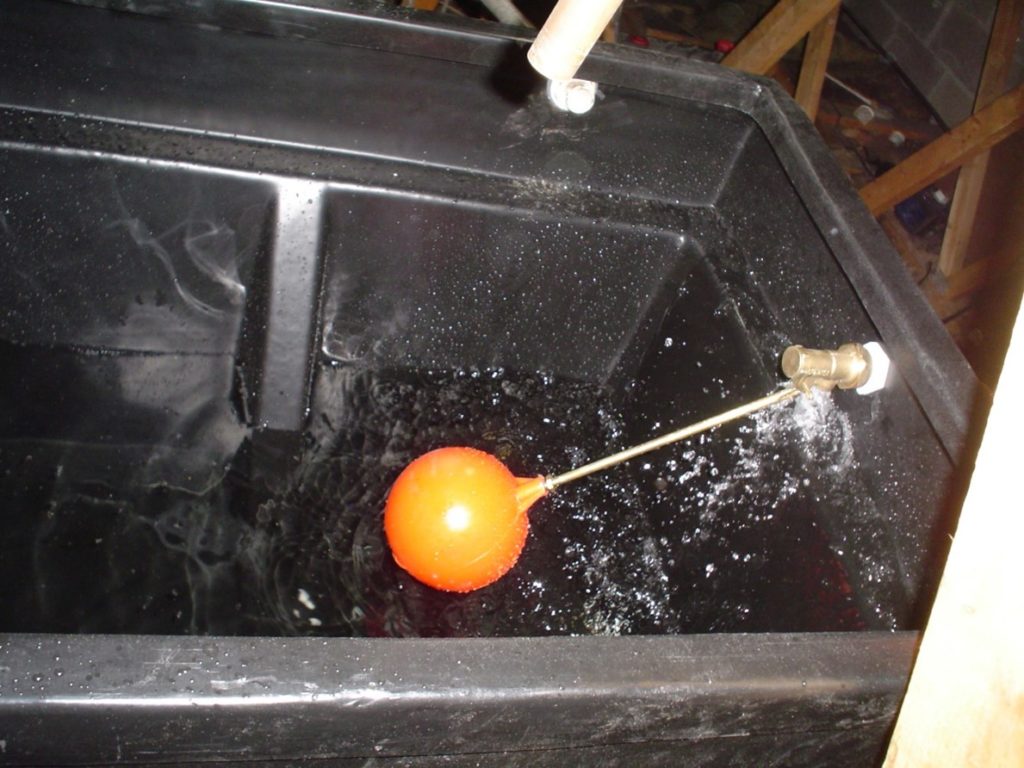There are many reasons why you may need to empty all your radiators and pipework, so how do you refill a central heating system? Is it something anyone can do?
Refilling a central heating system is not a difficult job, but there is a method, a right way to do it. Most homes in the UK use an open-vented setup, which is quite straightforward.
If yours is a pressurised system, we can help with that too.
Where to Start
The first thing to do is to make sure all the valve and radiator connections are good to go.
Also, remember to close up the drain valve too.
The next operation is to close up all the radiator valves on the upper and ground, or lower floor.
Check your loft access is good to go so you can get to the water tanks.
Top Tip:
This is the perfect time to add any rust inhibitor to the system.
Turning the Water Back On
The cistern, or header tank, will have a gate valve. Turn the valve so that water flows into the tank. Turn it all the way open, then turn it back a quarter turn to help prevent it from seizing up in the open position.

A float valve controls the water level in the tank. Sometimes a plumber may tie this up to stop water entering the tank. Free it up so that it can do its job.
The gate valve can become stuck in the open position. It is likely that tying up the ball, or float valve, is the only way to turn off the water supply to a central heating system.

Filling the Radiators
Back on the ground floor, open up the valves to the radiators. You will hear the water filling the radiators.
Use a bleed key and a rag to let air out of each radiator, starting at the one furthest from the water tank in the loft.
When water begins to flow out of the bleed valve, close it up and move on to the next radiator.

When the radiators on the lower floor are full, progress to the radiators on the first floor.
Top Tip:
While refilling the system check the radiator connections for any leaks. If the system has been standing empty for some time, or you have to remove or replace radiators, there is a possibility a leak may occur.
When refilling the system, check the water tank in the loft to make sure the level remains constant. If it is too high, or too low, adjust the float valve by turning the screw attachment on the arm.
Running the System
When you are happy that the system is secure, there are no leaks and the water levels are right, you can restart the boiler.
As the central heating system warms up air will find its way into the radiators. Use the bleed keys to let the air escape.

There may be a few odd noises over the next day or so while the excess air moves around the system. These will reduce as you bleed the radiators. Prepare to do this for two to three days.
Fully up and running there is the possibility that new leaks could present themselves. Stay alert to this possibility and check when bleeding the radiators for any leaks by the valves or other connections.
Top Tip:
If you have a towel radiator then bleed it last of all as it is usually the highest radiator point on the system.
Refilling a Pressurized Central Heating System
By the boiler, there will be two valves. This is your filler loop. Following the same instructions for an open system, gradually open up the valve on the filler loop.

Before you drain down the system you or your plumber should make a note of the pressure on the gauge. Make sure the water pressure level reaches and does not exceed it.
